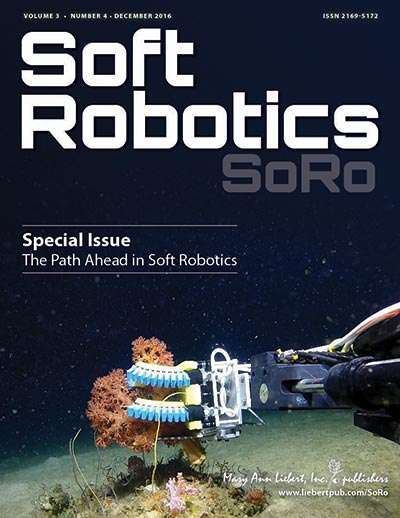Lessons learned when commercialization of a new soft robot fails

Commercializing a new, innovative product is often the greatest challenge across the research and development landscape, as is evident in the failed attempt to bring jamming-based robotic gripper technology to market. The company developing the VERSABALL tells the story of its demise and the valuable lessons learned in a compelling article published in Soft Robotics.
In "Soft Robotics Commercialization: Jamming Grippers from Research to Product," John Amend, Nadia Cheng, Sami Fakhouri, and Bill Culley, Empire Robotics, Inc., Belmont, MA, describe their attempt to develop a sustainable business around jamming-based robotic gripper technology. The authors discuss many aspects of their research and product development efforts including product design, product features such as speed and pneumatics, the shape, composition, and durability of the membrane, and the product characteristics most likely to influence a customer's purchasing decisions.
"This is a really good example of how cutting-edge soft technology is stimulating new businesses and changing the way people think about robots," says Editor-in-Chief Barry A. Trimmer, PhD, who directs the Neuromechanics and Biomimetic Devices Laboratory at Tufts University (Medford, MA).
More information: John Amend et al, Soft Robotics Commercialization: Jamming Grippers from Research to Product, Soft Robotics (2016). DOI: 10.1089/soro.2016.0021
Provided by Mary Ann Liebert, Inc




















